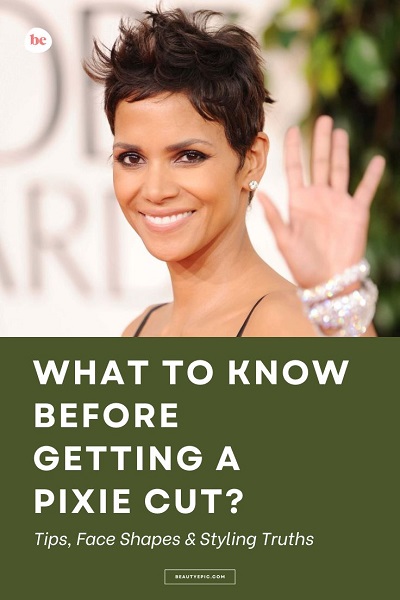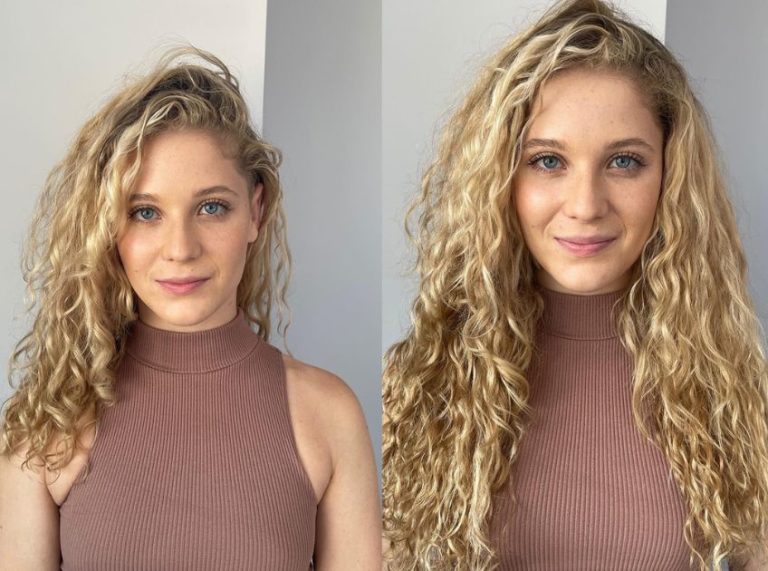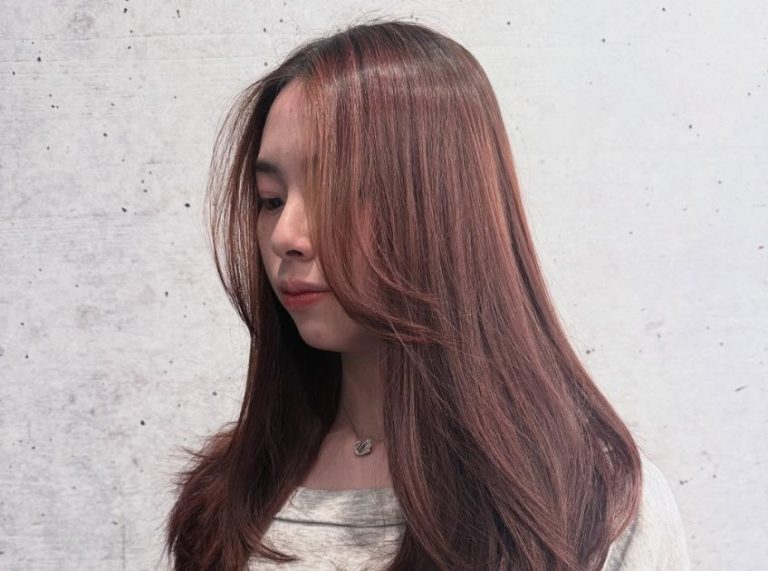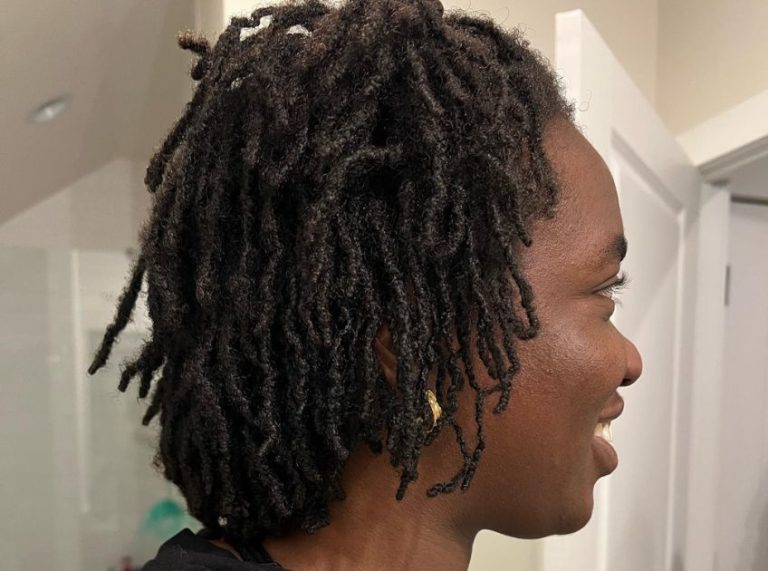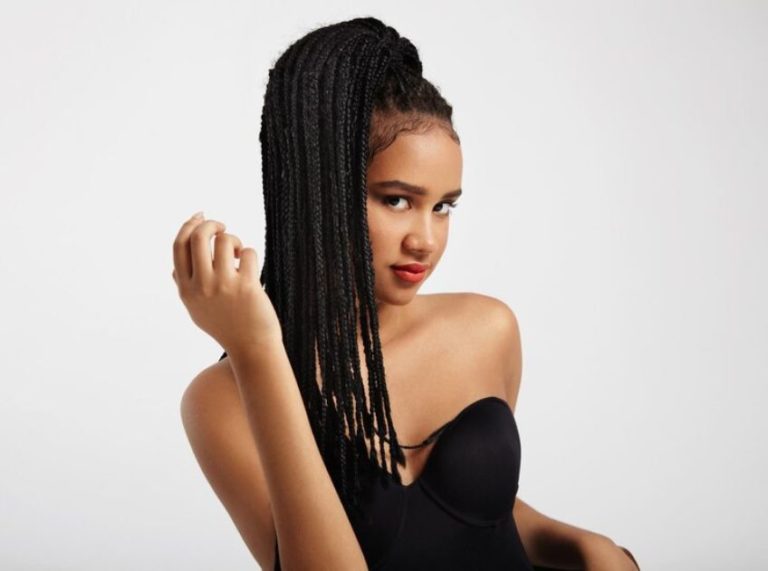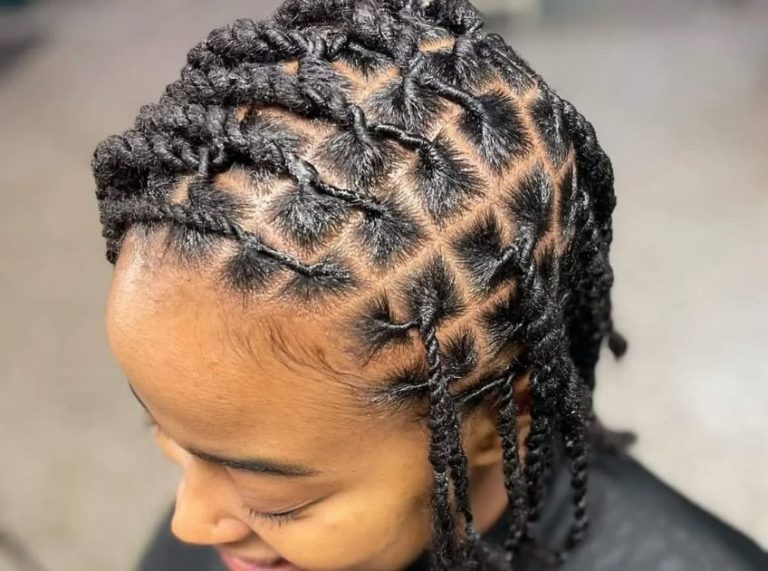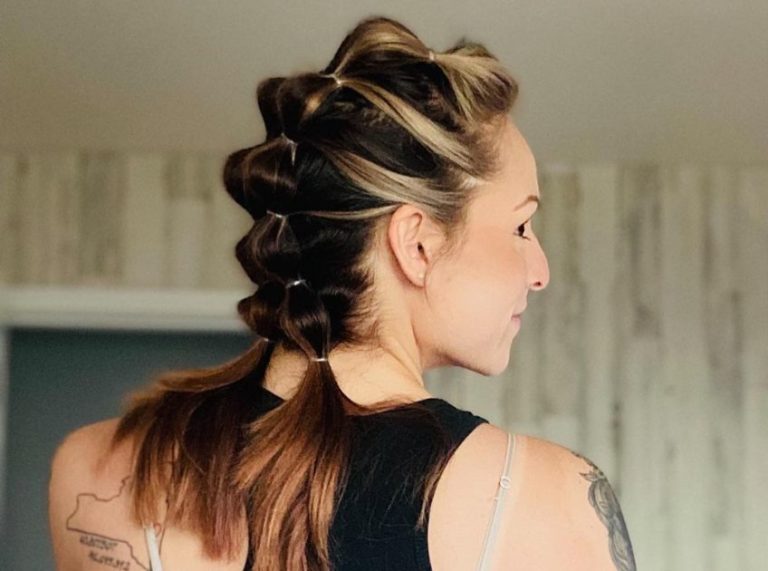
Important: This article is for informational purposes only. Please read our full disclaimer for more details.
There’s something undeniably empowering about a pixie cut. It’s bold, stylish, and oozes confidence. From Audrey Hepburn to Zoe Kravitz, this cropped style has made waves across decades—and continues to be a modern favorite. But before you sit in the salon chair and say, “Chop it all off,” there are some important things to consider.
This guide explores everything you should know before getting a pixie cut—from face shape and lifestyle factors to maintenance and styling tips—so you can make the most informed (and fabulous) decision possible.
Is a Pixie Cut Right for Your Face Shape?
One size doesn’t fit all, especially with short haircuts. The right pixie cut is all about balancing and highlighting your unique features.
- Oval Face: Lucky you! Oval faces can pull off most pixie styles—from ultra-short to shaggy and layered.
- Round Face: A pixie with volume on top and longer bangs can elongate your face and give structure.
- Square Face: Soften strong jawlines with wispy, side-swept bangs or a layered cut.
- Heart-Shaped Face: Balance a narrow chin with fuller bangs or volume around the crown.
- Long Face: Avoid pixies that are too flat on top. Add body or side-swept bangs to shorten the appearance of your face.
Expert Tip: Always consult with your stylist about customizing your pixie to suit your bone structure and hair texture.
Are You Ready for the Maintenance?
Pixie cuts might seem fuss-free, but maintaining that fresh, edgy look requires effort.
- Frequent Trims: Expect to visit the salon every 4–6 weeks to keep the shape looking sharp.
- Styling Time: While blow-drying may take less time, you’ll likely need products (like pomades or texturizing sprays) and daily touch-ups to keep it polished.
- Grow-Out Phase: The transition from pixie to longer hair can feel awkward. Be ready for styling tricks (headbands, clips) during this phase.
Pro Insight: A pixie isn’t low-maintenance—it’s short-maintenance. You’ll spend less time blow-drying, but more time sculpting the perfect silhouette.
What’s Your Hair Texture Like?
Pixie cuts work on most hair types, but understanding your texture helps manage expectations.
- Straight Hair: Sleek and smooth pixie styles are easy to achieve but may fall flat without product.
- Wavy Hair: Great for a tousled, voluminous look.
- Curly Hair: Beautifully bold but requires expert shaping and curl-friendly products.
- Thick Hair: May need layering or thinning to avoid a bulky silhouette.
- Fine Hair: Can appear fuller with the right cut and volumizing products.
Stylist Note: The right pixie can enhance your texture, but the wrong one may make styling difficult. Choose a stylist experienced in cutting short hair with your hair type.
Do You Have the Confidence to Rock It?
Let’s be honest—a pixie cut draws attention. It exposes your face, neck, ears, and jawline. If you’re someone who finds comfort in hiding behind long strands, a pixie might feel intimidating at first.
But for many, it’s also liberating. It forces you to own your features, redefine your style, and show off your confidence in a whole new way.
Self-Check
- Are you making the change for yourself, not others?
- Are you excited, not just nervous?
- Are you ready for people to notice and comment on your transformation?
How Will It Affect Your Wardrobe and Makeup?
A pixie cut can shift the entire focus of your look. With more face showing, your makeup and outfits often need to evolve with your new hair.
- Makeup: Bolder brows, eyeliner, or lipstick can add balance and flair.
- Accessories: Earrings become the center stage. Stock up on hoops, studs, or bold shapes.
- Fashion: Structured necklines, collars, or layered outfits may pop more with short hair.
Stylist Advice: The best pixie cuts come with an attitude. Let your new hair inspire bolder style choices you may not have tried before.
Are You Ready for the Emotional Change?
Hair is emotional. For many, it’s tied to identity, femininity, and security. Chopping it off can feel freeing—or jarring.
Before you commit
- Ask yourself why you want a pixie.
- Browse reference photos and talk them through with your stylist.
- Consider starting with a shorter bob or long pixie to ease into the change.
Pro Tip: A great stylist will talk you through the change and guide you into a style that suits your personality and comfort zone.
Frequently Asked Questions (FAQ’S)
Q1: How do I know if a pixie cut will suit me?
A. Consider your face shape, hair texture, and personal style. Bring reference images and consult your stylist for a tailored recommendation.
Q2: Can I pull off a pixie cut with thick or curly hair?
A. Yes! But it requires proper layering and shaping. Choose a stylist experienced with your texture to avoid bulkiness or uneven shaping.
Q3: How long does it take to grow out a pixie cut?
A. On average, expect 6–12 months to reach a bob length. Strategic trims and styling (like bangs or layers) can help the grow-out phase look intentional.
Final Thoughts
A pixie cut is more than a hairstyle—it’s a transformation. It’s bold, expressive, and empowering, but also comes with responsibility. From face shape to lifestyle and styling, there are many factors to consider before taking the plunge.
If you’re ready to redefine your look and step into a style that radiates confidence, the pixie cut might be exactly what you’re looking for. Talk with your stylist, trust your gut, and enjoy the fresh start.
